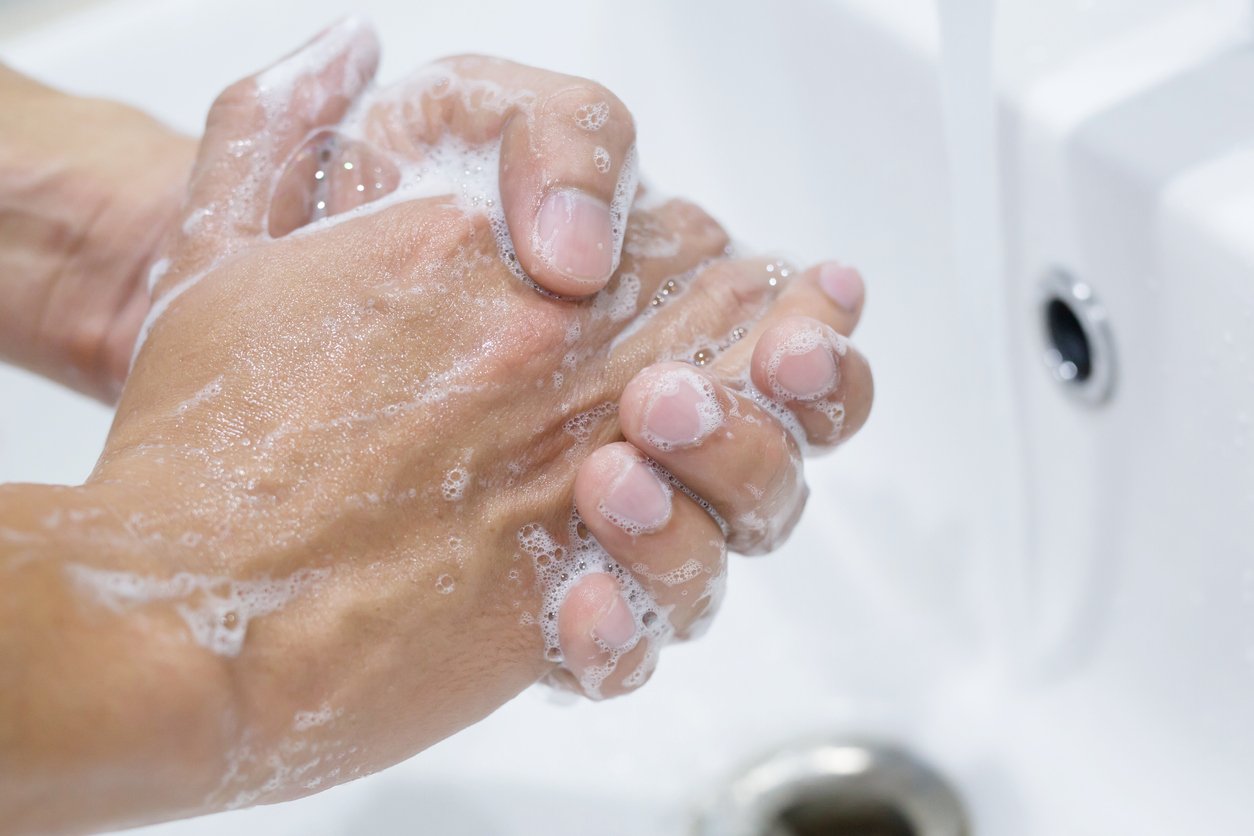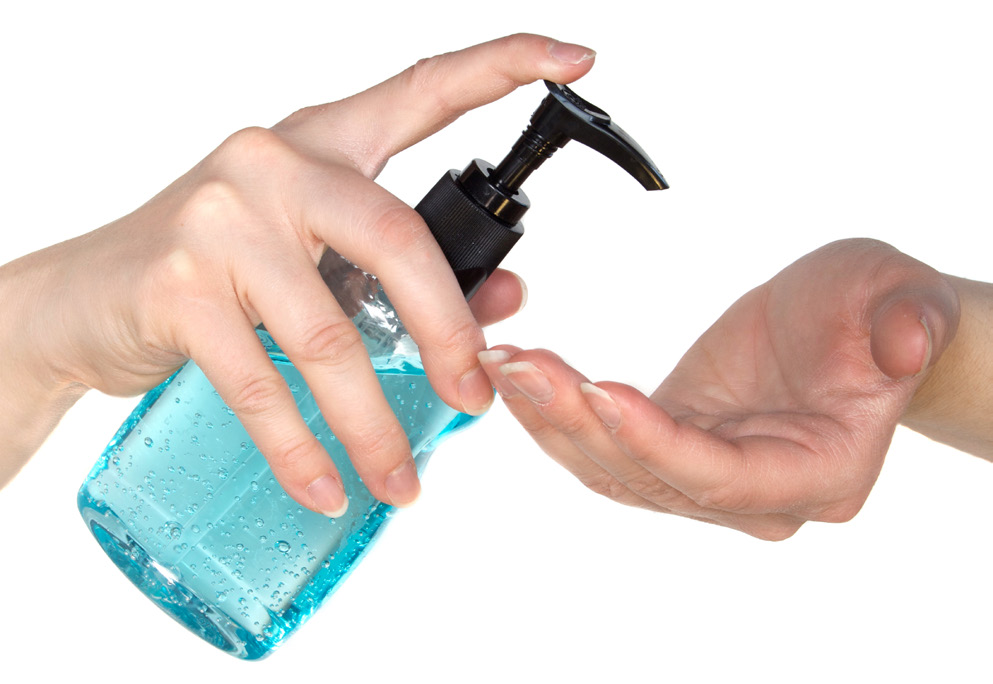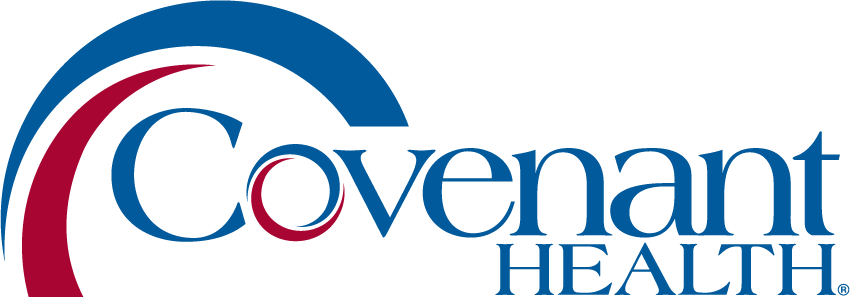When and How to Wash Your Hands
Washing Your Hands Could Save Your Health!
Whether you are concerned about flu, coronavirus or other types of illness, washing your hands is often recommended as the first step for prevention. Many diseases and conditions are spread by not washing hands with soap and clean, running water.
When should you wash your hands?
- Before eating food, as well as before, during, and after preparing food
- Before and after caring for someone who is sick
- Before and after treating a cut or wound
- After using the toilet
- After changing diapers or cleaning up a child who has used the toilet
- After blowing your nose, coughing, or sneezing
- After touching an animal, animal feed, or animal waste
- After touching garbage

How should you wash your hands?
- Wet your hands with clean, running water (warm or cold), turn off the tap, and apply soap.
- Lather your hands by rubbing them together with the soap. Be sure to lather the backs of your hands, between your fingers, and under your nails.
- Scrub your hands for at least 40 seconds. Need a timer? Hum the “Happy Birthday” song from beginning to end twice.
- Rinse your hands well under clean, running water.
- Dry your hands using a clean towel or air dry them.
What if you don’t have soap and clean, running water?
If soap and water are not available, use an alcohol-based hand sanitizer that contains at least 60% alcohol. Alcohol-based hand sanitizers can quickly reduce the number of germs on hands in some situations, but sanitizers do not eliminate all types of germs and might not remove harmful chemicals. Hand sanitizers are not as effective when hands are visibly dirty or greasy.
Hand washing – Did you know?
According to the CDC, proper hand washing:
- Reduces the number of people who get sick with diarrhea by 31%
- Reduces diarrheal illness in people with weakened immune systems by 58%
- Reduces respiratory illnesses like colds in the general population by 21%
- Reduces illness and increases productivity by:
- Spending less time spent at the doctor’s office
- Spending more time at work or school
Hand sanitizer – Did you know?
- To use, apply hand sanitizer to the palm of one hand and rub the product all over the surfaces of your hands until your hands are dry. When soap and water are not available, use an alcohol-based hand sanitizer that contains at least 60% alcohol.
- Although alcohol-based hand sanitizers can inactivate many types of microbes very effectively when used correctly, people may not use a large enough volume of the sanitizer or may wipe it off before it has dried. Furthermore, soap and water are more effective than hand sanitizers at removing or inactivating certain kinds of germs, like Cryptosporidium, norovirus, and Clostridium difficile.
- Note that hand sanitizers may not be as effective when hands are visibly dirty or greasy. Handwashing with soap and water is recommended in such circumstances.
- Hand sanitizers might not remove harmful chemicals, like pesticides and heavy metals, from hands. If hands have touched harmful chemicals, wash carefully with soap and water (or as directed by a poison control center).

To view a list of available medical services, patient resources, search for hospitals near your or find a physician who’s right for you, visit CovenantHealth.com or call 865-541-4500 or toll-free at (877) 334-4500.


